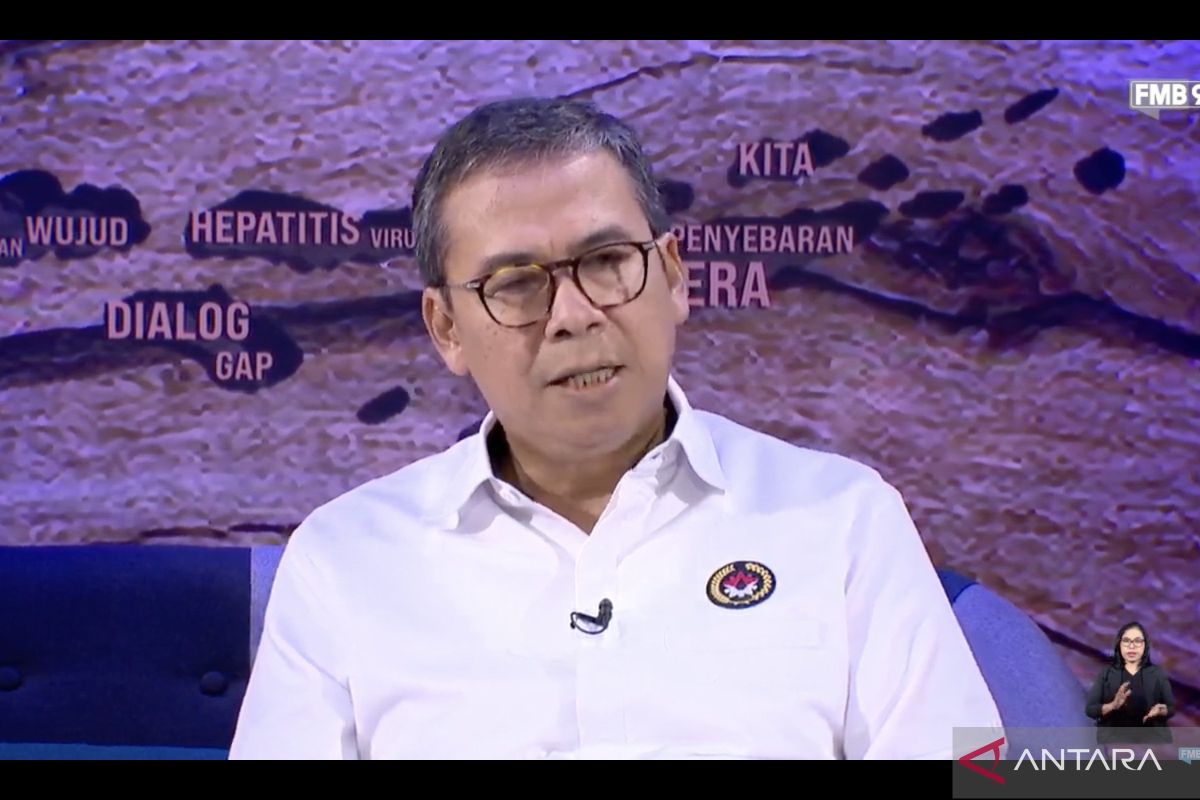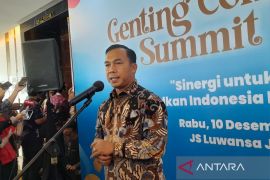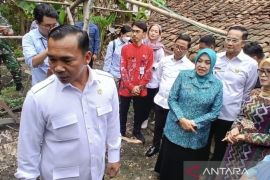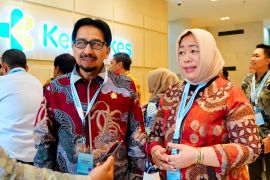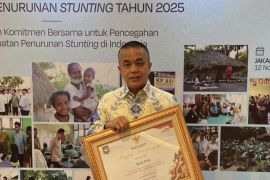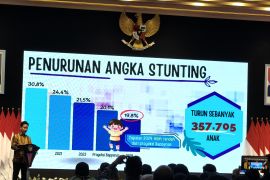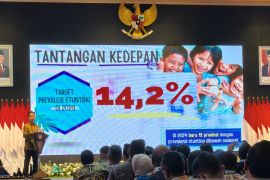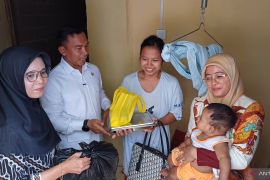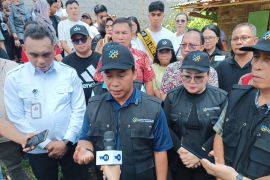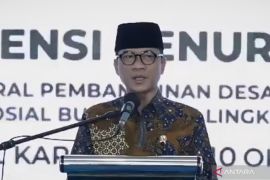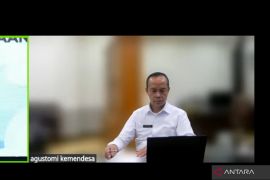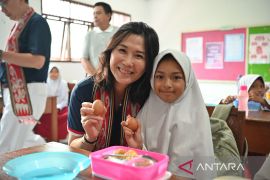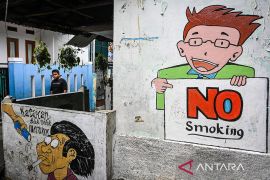He noted that many regions have made efforts to optimize the use of local foods in the free meals program. Apart from that, household waste can also be used to make other products, such as fertilizers and animal feed, through a community-based approach.
Nuryantono underlined that the free meals program and stunting reduction are interrelated.
According to him, one of the keys to the success of the program is accelerating the availability of data on target groups. Therefore, related ministries and agencies must collaborate to identify stunting cases in the regions so that their handling is faster.
In addition, he said, regional governments have a strategic role, especially in mobilizing all integrated health posts (posyandus), which are the spearheads in monitoring the health of pregnant women, breastfeeding mothers, and under-five children.
He highlighted that the free meals program is not only targeting students, but also pregnant women, breastfeeding mothers, and under-five children.
Currently, the government is preparing the National Strategy for Stunting Prevention and Reduction, which is slightly different from the previous national strategy, which emphasized stunting reduction acceleration.
The new national strategy will cover stunting prevention aspects, thus it will be related to the Free Nutritious Meals program, which is one of the efforts to prevent stunting.
The government will also issue a new regulation, which will be a revised version of Presidential Regulation Number 72 of 2021 on Stunting Reduction Acceleration.
The new national strategy is targeted to be completed this month while the new presidential regulation is targeted to be completed in early January 2025.
Related news: Prabowo introduces free meals program to Brazilian businessmen
Related news: Deputy Minister Haluk promotes free meals program in Papua region
Translator: Rizka Khaerunnisa, Raka Adji
Editor: Azis Kurmala
Copyright © ANTARA 2024
